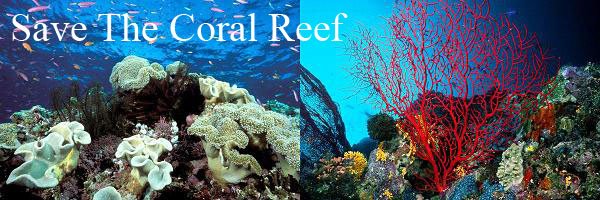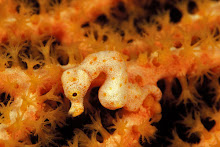Corals in general are found in all seas and oceans, even in deep oceans and cold waters. Reef-building corals, by contrast, require quite specific conditions in order to thrive. None are found in areas where the water temperature drops much below 18°C (64°F) for more than a few days. Likewise, although some species in the Arabian Sea regularly encounter temperatures of 36°C (96.8°F), more normally corals are adapted to thrive in a much smaller temperature range.
Apart from temperature, corals also require clear waters. This is partly because they need sunlight to support the algae that live within their tissues. They are also very sensitive to particles of mud or sediment settling on them, which means that corals rarely grow close to rivers or other sources of sediment. In the sea, light is filtered out by depth, so reef-building corals can only grow in relatively shallow water. Even in the clearest oceans few reef-building corals grow below a depth of 80 to 100 m (260 to 328 ft).
Although corals need nutrients, they cannot thrive in areas where there are large amounts of nutrients. Typically, microscopic organisms in the plankton, or seaweeds (macroalgae), grow to excess in nutrient-rich water and smother the corals, blocking out the light.
Waves can often be seen crashing onto coral reefs. Being supported by limestone skeletons, corals can survive in very tough conditions. However, in the strongest storms many corals will be smashed to pieces. I n the short term this can be damaging, but many of the broken pieces will continue to grow. New corals will arrive from other areas, so the reef can recover, often within a few years.













No comments:
Post a Comment